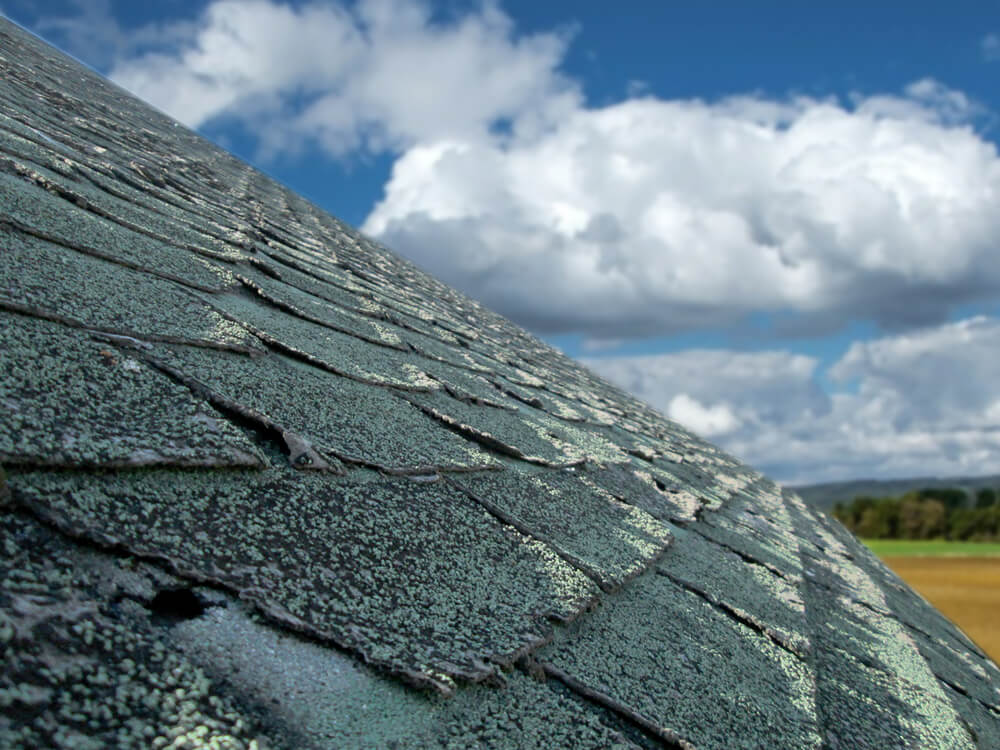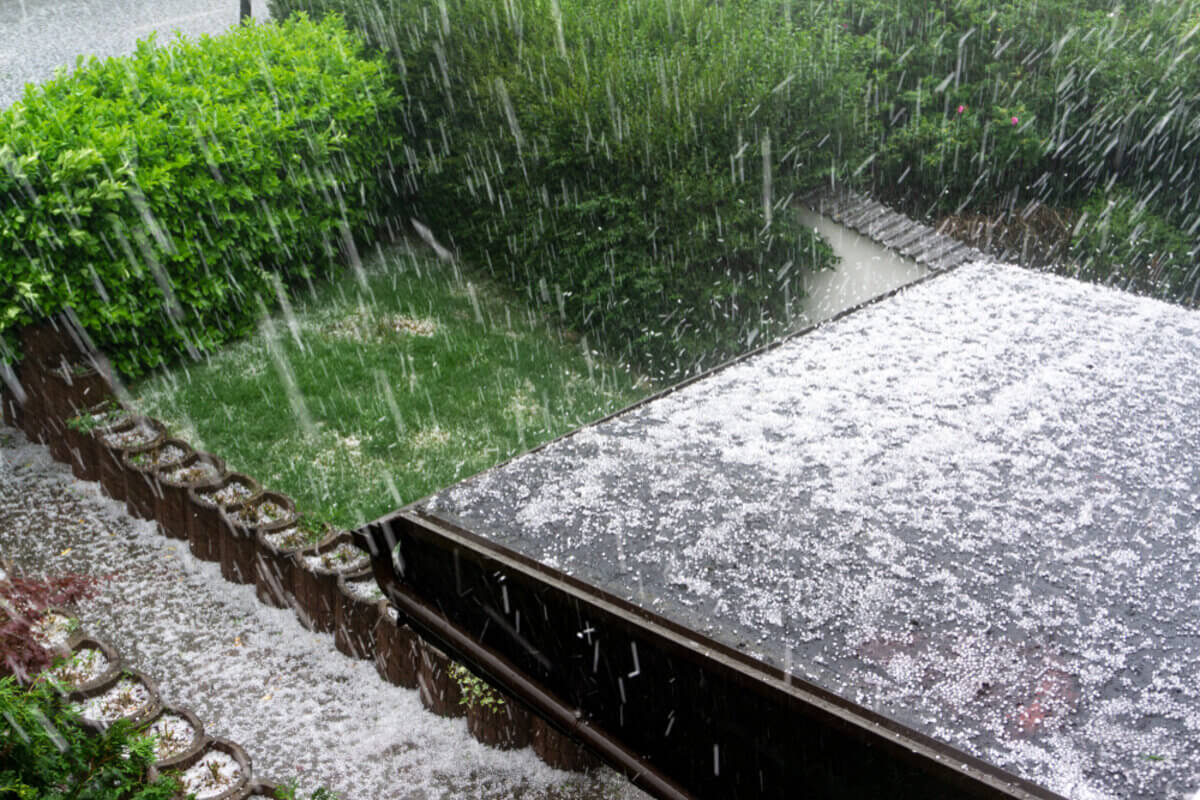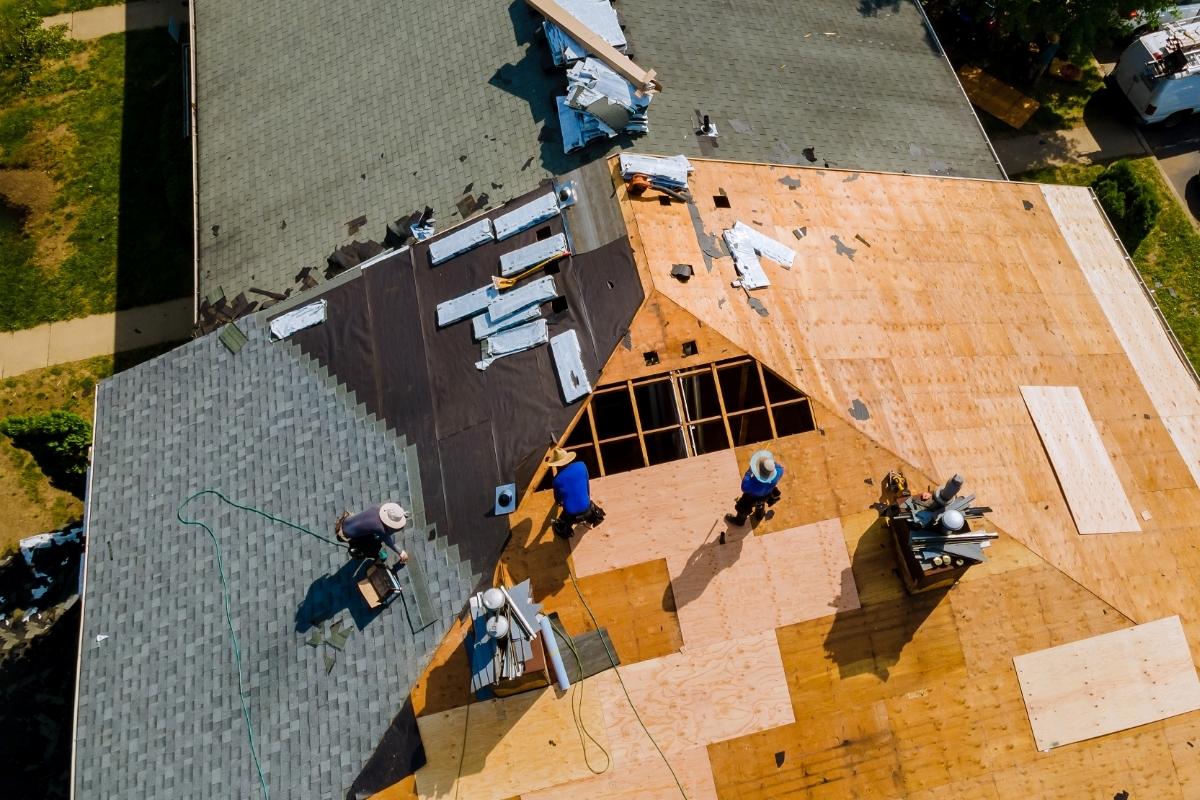Hailstorms can cause significant damage to a roof, and knowing when it’s time for a replacement can save homeowners from further costly repairs. If your roof has been affected by hail, it’s crucial to understand the signs of damage and at what point a roof replacement becomes necessary.
Understanding the Impact of Hail Damage
Hailstorms vary in intensity, but even a minor storm can leave your roof vulnerable to further issues down the road. When hailstones hit your roof, they can crack shingles, loosen granules, and create weak points that allow water to penetrate. Over time, these small cracks can worsen, leading to leaks, mold, and structural issues. It’s essential to inspect your roof after any hailstorm, even if the damage doesn’t appear severe at first.
Visible Signs of Hail Damage
To determine if your roof has suffered significant hail damage, it’s essential to look for specific signs that indicate it’s time for a closer inspection. Here are some key things to watch for:
- Dented Shingles: One of the most obvious signs of hail damage is dents or bruising on your shingles. While small dents may not seem problematic at first, they can weaken the overall structure of the roof, allowing moisture to seep in.
- Missing or Loose Granules: Asphalt shingles are covered with protective granules that help them resist UV rays and rain. Hail can knock off these granules, leaving the underlying material exposed. Over time, this can lead to cracks and leaks.
- Cracked or Broken Shingles: Larger hailstones can crack or break shingles, especially on older roofs. These cracks can worsen over time, particularly when exposed to heavy rain or high winds.
- Gutter and Downspout Damage: Check your gutters and downspouts for granules and other debris that may have been knocked off during the hailstorm. Excessive granule loss indicates significant shingle damage.
When Is a Roof Replacement Necessary?
So, how much hail damage do you need to justify a full roof replacement? The answer depends on several factors, including the age of your roof, the extent of the damage, and your insurance coverage. Here are a few scenarios where replacing your roof might be the best option:
Extensive Shingle Damage
If more than 20% of your roof’s shingles are cracked, dented, or missing granules, a replacement is likely necessary. Patching individual shingles may be an option for minor damage, but extensive hail damage often requires a full roof overhaul to maintain the integrity of your home.
Age of the Roof
The age of your roof plays a critical role in determining whether a repair or replacement is appropriate. If your roof is near the end of its lifespan, even moderate hail damage might justify a replacement. Older shingles are more brittle and prone to cracking, so a roof that’s over 20 years old is far more vulnerable to serious damage.
Recurring Issues After Storms
If you’ve experienced multiple hailstorms in recent years and your roof has required repeated repairs, it might be more cost-effective in the long run to replace the roof entirely. Constant patchwork can lead to further deterioration and may not fully protect your home from future damage.
The Role of Insurance in Roof Replacements
In many cases, insurance will cover the cost of a roof replacement if the damage is due to a hailstorm. It’s important to contact your insurance provider as soon as possible after a storm to begin the claims process. Most insurance companies will send an adjuster to inspect the roof and determine the extent of the hail damage. Having your own roofer present during the inspection can ensure that all damage is documented and addressed.
Filing a Claim for Hail Damage
When filing a claim for hail damage, make sure you have a record of the storm, including photos and a professional inspection report. This documentation can help streamline the claims process and ensure that you receive fair compensation. Keep in mind that not all policies cover full roof replacements, especially if your roof was already in poor condition before the storm.
How to Prevent Future Hail Damage
While it’s impossible to prevent hailstorms, there are steps you can take to protect your roof from future damage. Consider installing impact-resistant shingles, which are designed to withstand the force of hail and other debris. These shingles may cost more upfront but can save you money in the long run by preventing frequent repairs or replacements. Regular roof maintenance is also essential. Having a professional inspect your roof at least once a year can help identify potential weak spots before a hailstorm strikes.
Conclusion

Hail damage, while sometimes subtle, can significantly impact the longevity and safety of your roof. If left unchecked, minor damage can turn into major problems, such as leaks or structural damage. Assessing the extent of the hail damage, factoring in the age of your roof, and consulting with your insurance company are key steps to ensuring your home stays protected.
Contact DryTech Exteriors today if you suspect your roof has suffered hail damage and need professional guidance on whether a repair or full replacement is necessary.




